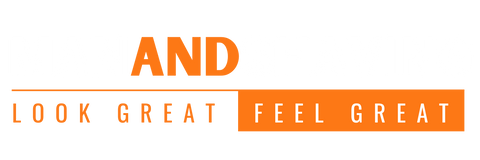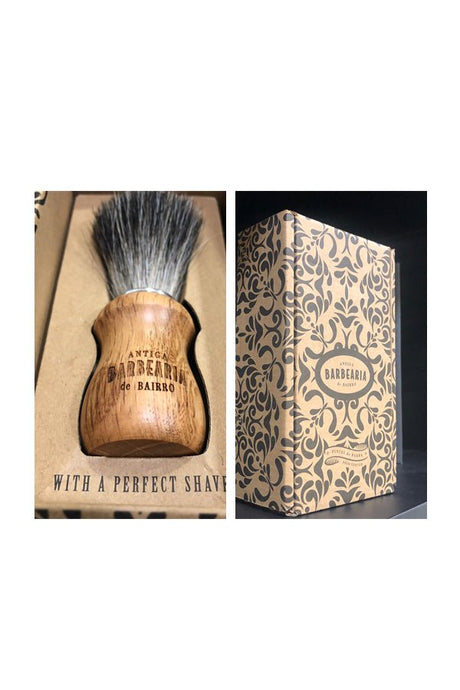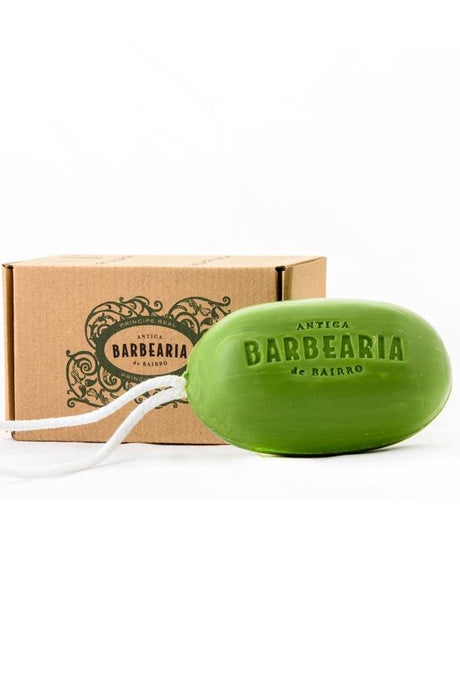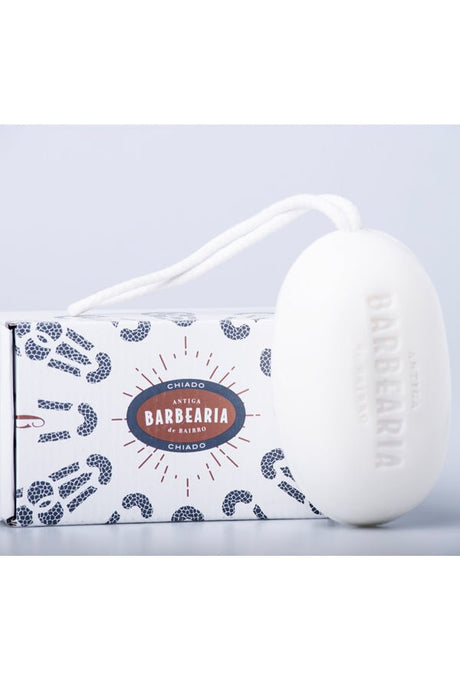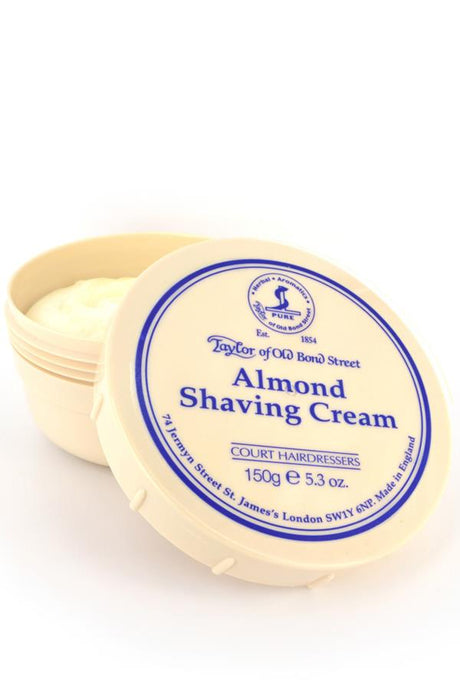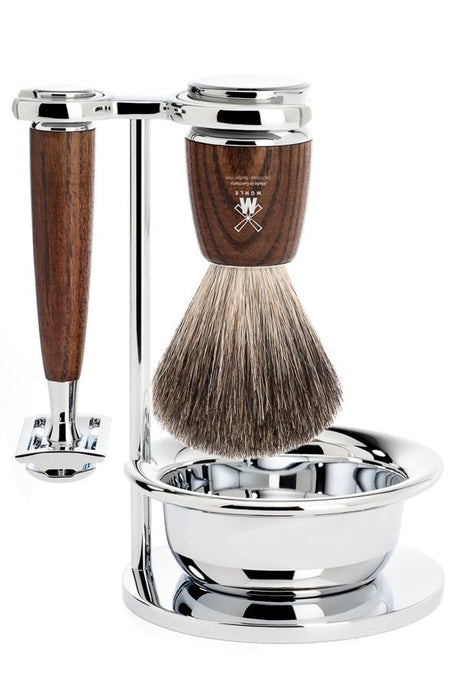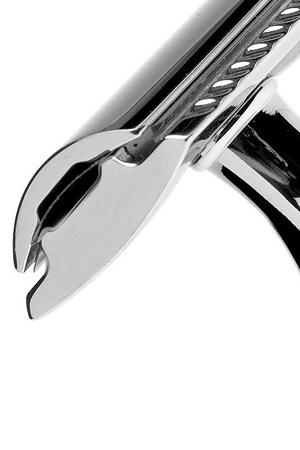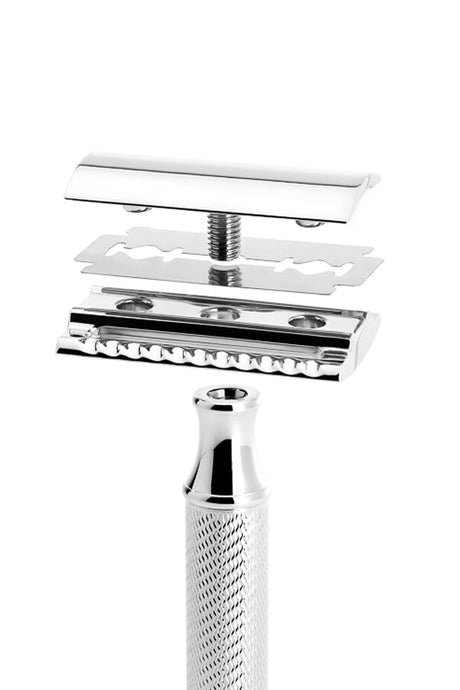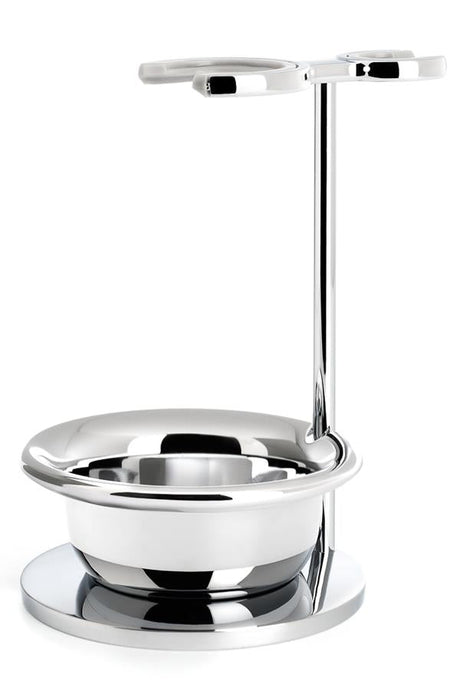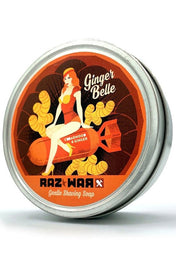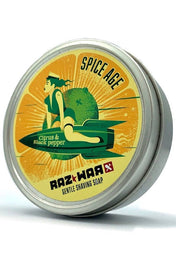At some point you decide to grow your beard. After a few weeks you will already have a nice beard. Then beard management also comes into play. The question is of course: 'which beard suits my head best?' In this blog we show which beard you can choose or which one suits you best.
What should I pay attention to when choosing my beard shape?
The mustache and beard is a form of facial expression. You can make a statement with your beard. It tells something about yourself, your character and your actions. So if you leave your beard, think carefully about which mustache and beard you will choose. Fortunately, there are so many beard variations that there is always a beard that suits you well.
The right shape of your beard depends on two issues:
- the degree of beard growth;
- the shape of your head.
After just a few weeks, the contours of your beard growth become visible. You will soon get an idea of what your beard will look like. Every beard growth is of course different. You can also immediately see whether you have regular beard growth or whether there are bald spots in the beard landscape.
You also have to deal with the shape of your head:
- Round or spherical face
- Long face
- Square or angular face
- Oval face

In case of irregular beard growth and a few bald spots, it is best to be patient for a while. If you have sufficient beard length, you can possibly cover these bald spots with the beard hairs around them. Use a beard balm to shape and maintain your beard. Rub a little beard balm into your beard. Distribute well and rub in. Then use the beard brush to further distribute and brush in the beard balm.
You can of course also choose the type of beard that suits you best, depending on the beard growth and face shape.
Type of beard for a round face
If you have a round face, it is smart to create more length. Choose a beard that provides length under the chin. Keep your sideburns short or shave them completely. This makes the face less 'round'.
The Goatee is the ideal beard for the round face. The Goatee is a compact beard directly under the chin. The mustache continues to the beard under the chin. The Goatee is popular with students and in the intellectual environment.

The Van Dyke beard is chic, classic and distinctive. It is a variant of the Goatee. The mustache is separate from the beard under the chin. Unlike the Goatee, this beard has a charming point under the chin. Here too, the sideburns are shaved. The Van Dyke is named after the Flemish painter and artist Anthony van Dyck.

Do you hate shaving your upper lip and chin? Perhaps because you quickly suffer from razor burn. With the Goatee you avoid these parts of the face.
Type of beard for a long face
If you have a long and narrow face, you should create less length. Use your beard to get a slightly shorter face. A beard with strong sideburns on the sides of the face and less length under the chin creates a slightly rounder face.
The Mutton Chops are very well known. This cool beard was made famous by the superhero Wolverine (actor Hugh Jackman) in the superhero film X-Men. The American singer Elvis Presley also wore this type of beard. The Mutton Chops are actually huge styled sideburns. Let the sideburns grow considerably from top to bottom, just above the jawline. The ends of these sideburns may extend to the moustache.


The Mutton Chops is a true classic. In the British Victorian period (1800 - 1900) the beard was very popular. Famous high-ranking officers, explorers, artists and writers walked around with gigantic sideburns. Many men were inspired by this group of figures.
Another suitable beard for the long face is the Stubble. The Stubble is actually just a short beard of a few days. The Stubble became popular thanks to actor Don Johnson and singer George Michael. The maintenance of this beard is minimal. Every few days you only have to go through it with the trimmer. Of course, you must regularly maintain the beard contours. You can easily shave the beard edges with the help of a transparent shaving gel and the safety razor . The transparent shaving gel allows you to clearly see the beard edges while shaving. The razor glides much more smoothly over the skin. The big advantage of the safety razor is that the shaving head where you clamp the double edge razor blade is rectangular. You can see exactly where the blade is located and gives a smooth shave.
If you suffer a lot from shaving irritation around the jawline and/or your upper lip, then you can choose the Mutton Chops. With this beard you avoid the sensitive parts of the face.
Type of beard for a square face
In the case of a square face, it is nice if you create more length at the bottom and keep the sides short. With a square face it is very stylish if you make a point at the bottom of the beard.
The ideal beard is the so-called Ducktail. The Ducktail is a thin and long mustache at the top and a narrow triangular tip at the bottom of the chin. You can of course vary the length of the mustache and the pointed beard. You can make a nice curl at the ends of the mustache. This type of beard used to be common among kings and other rulers. The Ducktail provides a royal appearance.

Variants of this beard type include the Hollywoodian, Anchor and Royale & Balbo.

Many men have difficulty shaving their chin comfortably and smoothly. The chin is difficult to shave and you quickly suffer from shaving irritations, such as red spots or dry flaky skin. In that case, the Ducktail is your beard.
Type of beard for an oval face
If you have an oval face, you can actually go in any direction. No matter what you like, all beards will suit this face. How about the full beard, for example. The full beard is the classic male beard. You can see a man with a full beard from afar. In the past, it was the Vikings who plundered Europe with their shaggy beards. The full beard also represents wisdom. Think, for example, of Karl Marx and Charles Darwin. In modern times, it was the band members of the American rock band ZZ Top who performed in the 80s and 90s with a huge long beard. Nowadays you see many bikers and hipsters walking around with full beards.

The skin in the neck area is sensitive skin. Here too, you will quickly see skin irritations caused by shaving, such as red burning spots, ingrown hairs and shaving pimples. In that case, the full beard is ideal.
Maintenance of your beard
As soon as you choose a certain type of beard, you have to deal with its maintenance. So far we have talked about beard type. But you can also vary the edges of the beard. You can shave the edges slightly rough (left photo) or super tight in a nice curved 'line' (right photo).
Rough shaving of the beard edges can be done very well with a safety razor. Imperfections in the beard edges provide a rough and tough appearance. The big advantage, of course, is that if you slip just a little bit with the razor, it won't be noticeable.

A close shave is also possible with the safety razor. But ultimately you will get the best result with a straight razor with a square tip or a shavette razor . You can then shave the edges millimeter by millimeter. Of course, this requires patience and discipline.
The German razor manufacturer DOVO from Solingen has developed the Barbarossa open razor especially for shaving the beard contours. The foil of this razor is halved. This allows you to update the edges more smoothly and easily.

The advantage of the shavette razor is that it requires no maintenance. After a few shaves, replace the blade with a new, fresh, sharp razor blade. This type of razor is also easy to handle and use for shaving your beard.

Of course, you need the right beard supplies for daily beard management:
- beard oil for softening the beard hairs and, if necessary, caring for the skin under the beard;
- beard balm for shaping and shaping the beard;
- beard brush and beard comb for perfectly distributing the beard balm and beard oil and shaping the beard;
- beard scissors for trimming beard hairs;
- transparent shaving gel for protecting the skin while shaving the beard contours;
- safety razor for a perfectly close shave of the beard edges.
